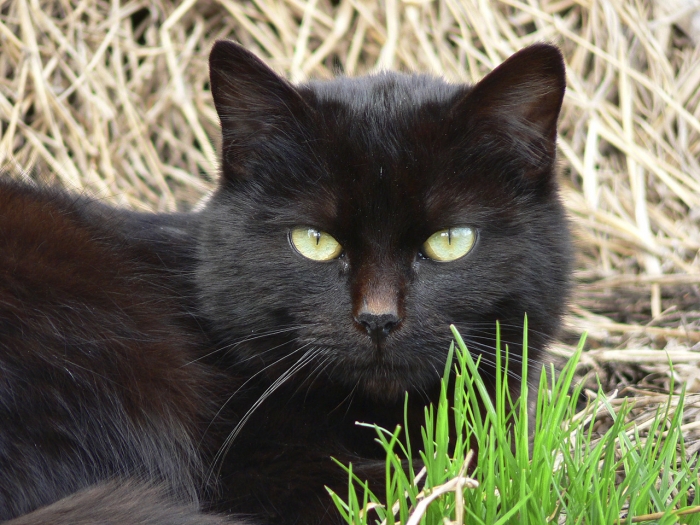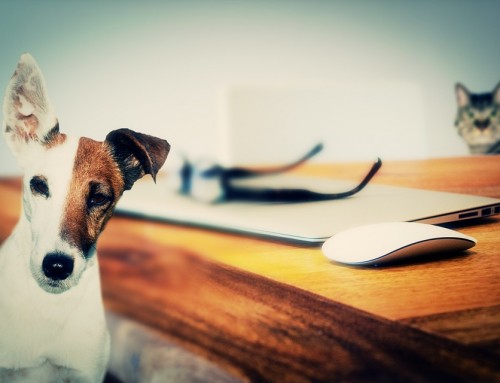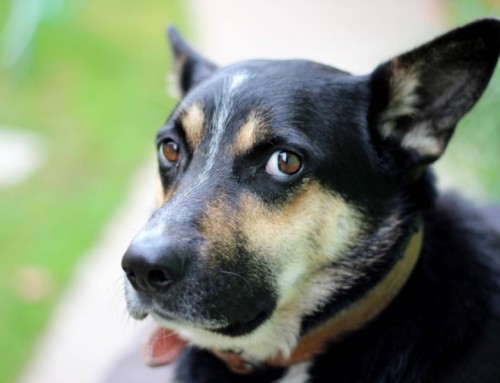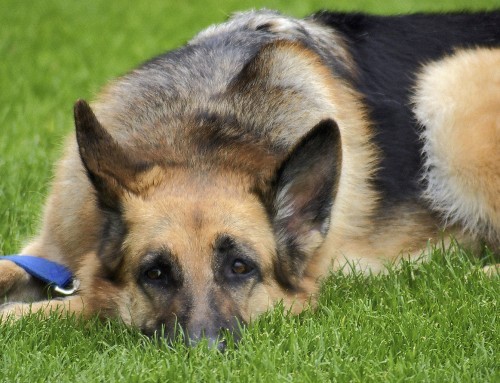If your cat has frequent, painful urination containing blood, or can’t urinate at all, there is a good chance your cat may have feline lower urinary tract disease (FLUTD).
What is FLUTD?
FLUTD is an umbrella term for disorders that affect the feline bladder and urethra. It affects between 1-3% of cats, most commonly middle-aged, overweight cats. Cats at risk for FLUTD usually don’t exercise much, consume little water, and use indoor litter boxes.
Both male and female cats can suffer from FLUTD. The condition is more serious in male cats, because their urethra can get blocked. While this can occur in female cats, it is extremely rare due to their shorter urethra which doesn’t narrow down.
Signs of Feline Lower Urinary Tract Disease
Here’s a list of signs that you may want to keep an eye out for:
- Difficult, painful urination—if your cat is crying out in pain during urination, it’s very probable your cat needs medical attention
- Frequent urination
- Producing minimal amounts of urine or, for male cats, no urine at all
- Blood in the urine
- Urinating outside of the litter box
- Urine has very strong odor
- Excessively licking the backside—this can even cause hair loss
What Causes Feline Lower Urinary Tract Disease?
The source of FLUTD can be a variety of diseases, including:
- Bladder/urinary stones
- Bacterial infection
- Urethral obstruction in male cats (urinary stones, crystals, plugs consisting of pus or mucous)
- Anatomical defects
- Tumors
- Inflammation of the bladder (about 50% of the cats with bladder problems have Feline Idiopathic Cystitis, which is chronic inflammation with blood in urine and crystal forming without obvious reasons)
How to Diagnose FLUTD
Because there are so many sources of FLUTD, it can be difficult to diagnose. Veterinarians usually conduct a number of tests, including:
- Urinalysis: to assess pH, look for crystals (formation affected by urine pH, but sometimes idiopathic—meaning the cause is unknown), internal bleeding, inflammation and infection
- Urine culture: determine if a bacterial infection is present (usually in recurrent cases)
- X-ray: identify stones, anatomical defects, suspected tumors (ultrasound and biopsy would be used for confirmation of tumors)
- Blood work: determine dehydration, infection, kidney function–if kidneys are failing, toxic substances normally eliminated by kidneys build up in body and can cause damage to other organ systems
- Ultrasound: identify stones, anatomical defects
- Biopsy: conducted if a tumor is suspected
Some of the tests might need to be repeated after couple of days of hospitalization, depending on severity of the condition in order to monitor effectiveness of the treatment.
Does Your Cat Have Feline Lower Urinary Tract Disease?
If you suspect your cat may have FLUTD, it’s time to make an appointment with your vet. If you’re looking for a vet in Sanford, Florida, you can make an appointment with us or visit us as a walk-in.
If your cat is not urinating at all (almost exclusively male cats), this is a medical emergency—take your cat to an animal hospital immediately. If the bladder cannot be emptied, kidney failure and/or bladder rupture will occur. These conditions lead to death.
How is FLUTD Treated?
Treating FLUTD depends on the cause. Generally, vets may treat FLUTD by:
- Passing a catheter through the urethra in case of blockages—a procedure that requires anesthesia, hospitalization for up to several days (depending on how fast the cat recovers and other factors), and IV fluids.
- Antibiotics to treat bladder infections.
- Surgical removal of bladder stones and a special diet to try and prevent their reoccurrence.
- In case of obstruction, even with the most aggressive treatment recurrence is relatively high (some cases even the next day). Some cats might need to have a special surgical procedure called Perianal Ureterostomy.
- Cats with this problem will be placed on a special prescription diet to help prevent reoccurrences.
An owner’s role is very important in treating FLUTD as well. Here are things an owner can do to help a cat suffering from FLUTD:
- Increasing a cat’s water intake. Methods include feeding more canned food, ensuring fresh water is always available, placing the water source away from the food source, giving a cat a source of running water, adding more water to canned food, and others. Some cats are very picky, so experimentation might be required to find out the best way to entice your cat to drink more water.
- Playing with your cat and giving your cat sources of environmental stimulation. This can help promote exercise and reduce your cat’s stress.
- Litter boxes should be cleaned frequently. Make sure your cat has privacy while in the litter box. If you have multiple cats in your household, be sure you have enough litter boxes. A general rule is at least one litter box per cat plus one additional litter box.





